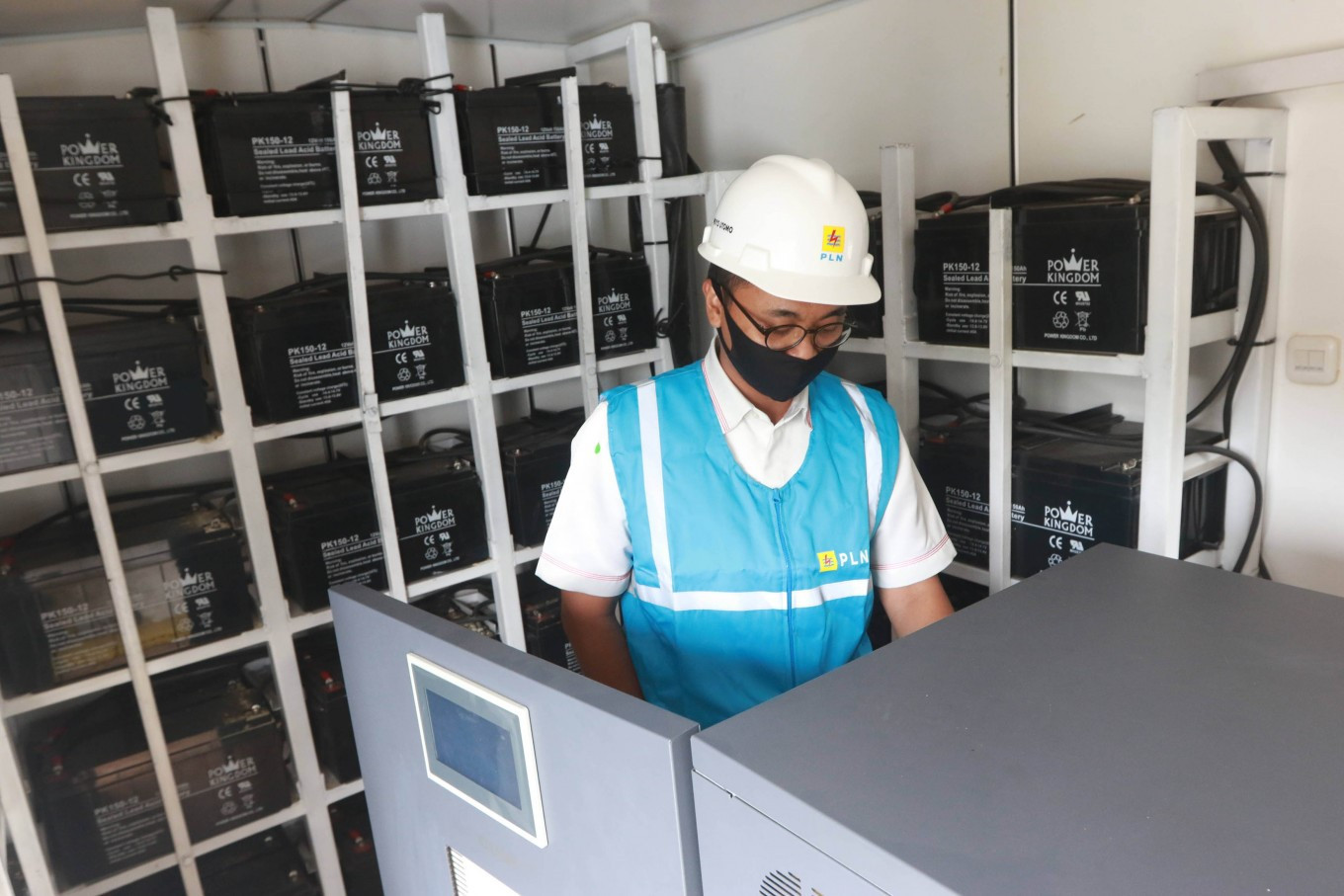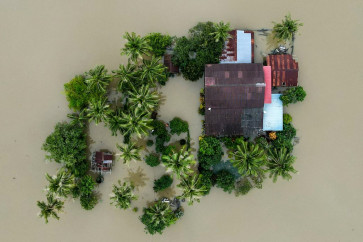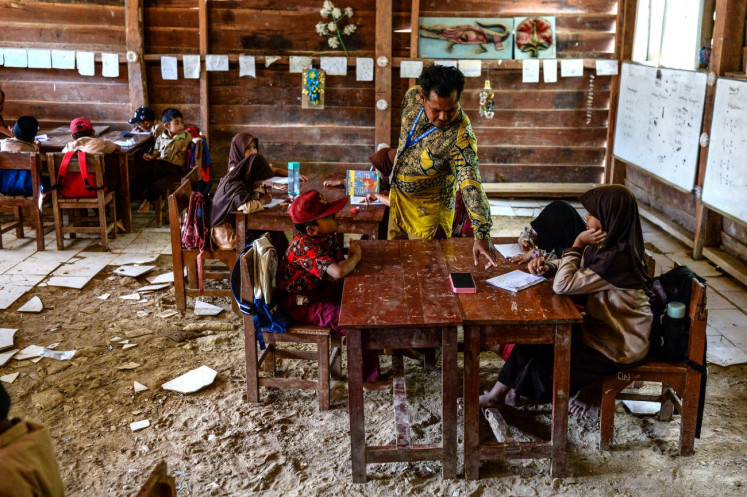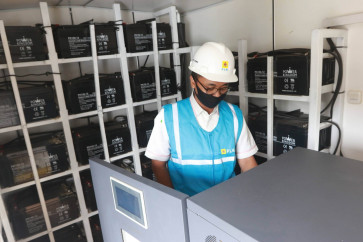Popular Reads
Top Results
Can't find what you're looking for?
View all search resultsPopular Reads
Top Results
Can't find what you're looking for?
View all search resultsAnalysis: PLN restructuring paves way for subsidiary privatization
Change text size
Gift Premium Articles
to Anyone
 Technicians check the preparation of Power Bank Mobile to be sent to customers in Jakarta, Wednesday (4/11/2020). PLN provides Power Bank Express Power Service to the general public as a solution for temporary electricity fulfillment from the Greater Jakarta Main Distribution Unit which is safe, easy, and environmentally friendly with competitive rental prices. (JP/Dhoni Setiawan)
Technicians check the preparation of Power Bank Mobile to be sent to customers in Jakarta, Wednesday (4/11/2020). PLN provides Power Bank Express Power Service to the general public as a solution for temporary electricity fulfillment from the Greater Jakarta Main Distribution Unit which is safe, easy, and environmentally friendly with competitive rental prices. (JP/Dhoni Setiawan)
S
tate-owned electricity company PT PLN recently formed four sub-holding companies, two that consolidate all its power generation assets, one that integrates primary energy management and one that develops services beyond electricity. The two power generation companies will share two new business entities in renewable energy, which are likely to be privatized.
The new PLN holding structure sees the establishment of two power generation companies (Genco), which are slated to become the first- and the second-biggest power generation companies in Southeast Asia. The first sub-holding converts assets of PT Pembangkitan Jawa Bali (PJB), which controls power generation and distribution across Java and Bali with an 18 Gigawatt (GW) capacity, into PLN Nusantara Power or Genco 1.
The second sub-holding consolidates assets owned by PT Indonesia Power (PTIP) with assets owned by PT PLN in the North Sumatra, South Sumatra and Kalimantan networks, with total power capacity of 21 GW, and converts them into PLN Indonesia Power or Genco 2.
PLN Nusantara Power and PLN Indonesia Power will also share two new business entities, namely Geothermal Co and New Energy Co, aimed at accelerating the clean energy transition. Geothermal Co will control geothermal power plants with 0.6 GW capacity, while New Energy Co will control solar, wind and hydro-based power plants with 3.8 GW capacity in total.
As for the third sub-holding, PLN Energi Primer Indonesia, the company consists of three subsidiaries, namely Coal Mining Company, Gas Midstream Company and Logistic Coal Company, that will secure the energy supply to produce 280,000 GW hours (GWh) of electricity a year, including from biomass for co-firing. With the sub-holding, PLN will finally see its coal supply chain, which was spread across five subsidiaries and which complicated the trouble during coal supply scarcity, converged into one. (See: What’s More).
Lastly, the fourth sub-holding, PLN Icon Plus, will utilize PLN’s assets to develop services beyond electricity, or “beyond kWh” as State-Owned Enterprises Minister Erick Thohir announced. The sub-holding plans to integrate internet service, PLN marketplace, electric vehicle (EV) charging and battery swaps with the New PLN Mobile Super App. This sub-holding is slated to be the first to go public.
PLN president director Darmawan Prasodjo said that with the structural changes, he hoped that PLN assets that were previously scattered would now be consolidated, that the power generation management business process would be simplified and that asset utilization that was previously inefficient would be optimized.


















